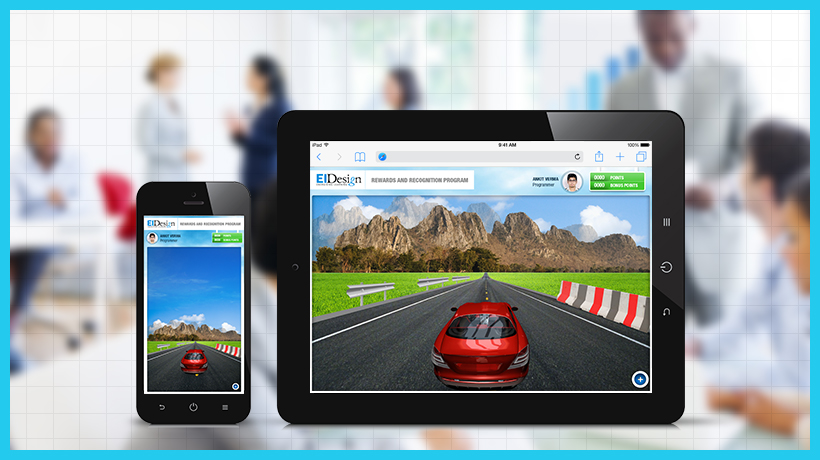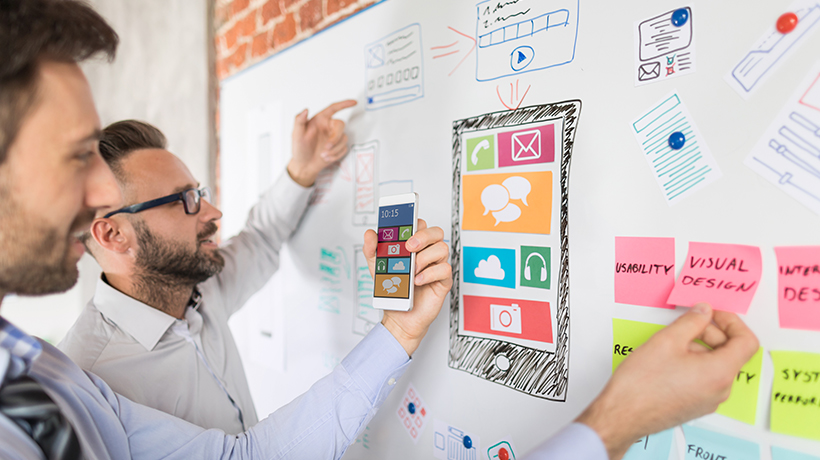
One outcome of the pandemic has been the complete transformation of the workforce. A huge shift to remote work followed by an inconsistent and uncertain return has fundamentally changed the look and dynamics of the workforce. Companies must now manage a flexible, variable, hybrid workforce at a time when upskilling and reskilling these employees has become critical.
To meet the learning needs of this modern workforce, organizations need to alter their approach to learning.
- A legacy of traditional classes and courses has made employees think of learning as an activity that is somehow separate from their job. It is seen as a chore that takes them away from their work, rather than a tool to help them do it better.
- People are used to having access to the information they need when and where they need it. Whether looking for news or consuming media, nothing is more than a click (or tap) away. This is not unique to any one generation or group, either. We all live in an age when we are mere seconds from the answer to almost anything. The current work environment demands that the approach to learning change to make it become an integral part of everyday work life.
However, corporate learning has been slow to keep up. They’ve continued to push out classes and courses while people learned what they needed on their own, via the internet or through peers. It’s like we’ve been trying to sell 8-track tapes to people who are listening to Spotify. It’s a model that isn’t sustainable.
Organizations cannot afford to spend time and energy building and perfecting learning courses, only to find that by the time they’re deployed, business needs have changed. A rapidly changing business environment requires agile learning and agile learners.
Brandon Hall Group research shows that organizations need their people to connect with learning much more frequently than they currently do.
If we want people to grow, develop and become high performers, we can’t do it by having them take a class every week or click through a course once a day. The goal is to reach a point where learning is continuous, ubiquitous, and unseen. To do so, we should consider what we know about today’s modern learner:
- Wants to find answers quickly
- Expects on-demand, moment-of-need experiences
- Needs a wider variety of media
- Uses multiple devices: PCs, laptops, tablets, and smartphones.
- Consumes content when and where it best suits them.
Organizations can make this a reality for their learners. The volume and variety of learning experiences that can be delivered is staggering. Artificial intelligence and machine-learning concepts are making it easier to deliver learning in a more targeted, personalized fashion. The capability to connect people to anyone and anything they need to become better, faster, and stronger exists.
Companies need to take a holistic approach to their learning strategy, understanding the needs of both the business and the learners, and leverage the right tools and technologies to make it happen.
Brandon Hall Group Smartchoice Platinum Preferred Provider EI keenly understands the needs of the modern learner and helps their clients design and deliver the right learning experiences to meet those needs. Their Learning and Performance Ecosystem provides a framework for creating effective learning journeys. These journeys can include:
- Immersive formal learning events that employ gamification, virtual and augmented reality, scenario-based learning and branching scenarios make the learning more engaging and impactful for the learner.
- Performance support tools that support those formal experiences gives employees access to information in the flow of work.
- Opportunities to reinforce the application of new knowledge on the job provide the context and reinforcement the modern learner requires.
- Microlearning options for frequent nudges that build learning habits is another strategy for fitting learning into the flow of work.
- Mobile learning opportunities give learners the chance to access learning when and where it makes sense to them.
To learn more about these strategies and others that can help your organization create a learning experience that meets the needs of the modern learner, read more from EI here.
– David Wentworth, Principal Analyst, Brandon Hall Group



